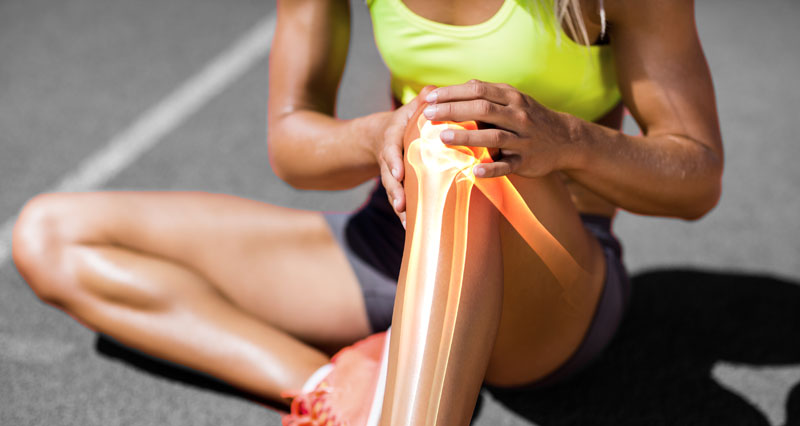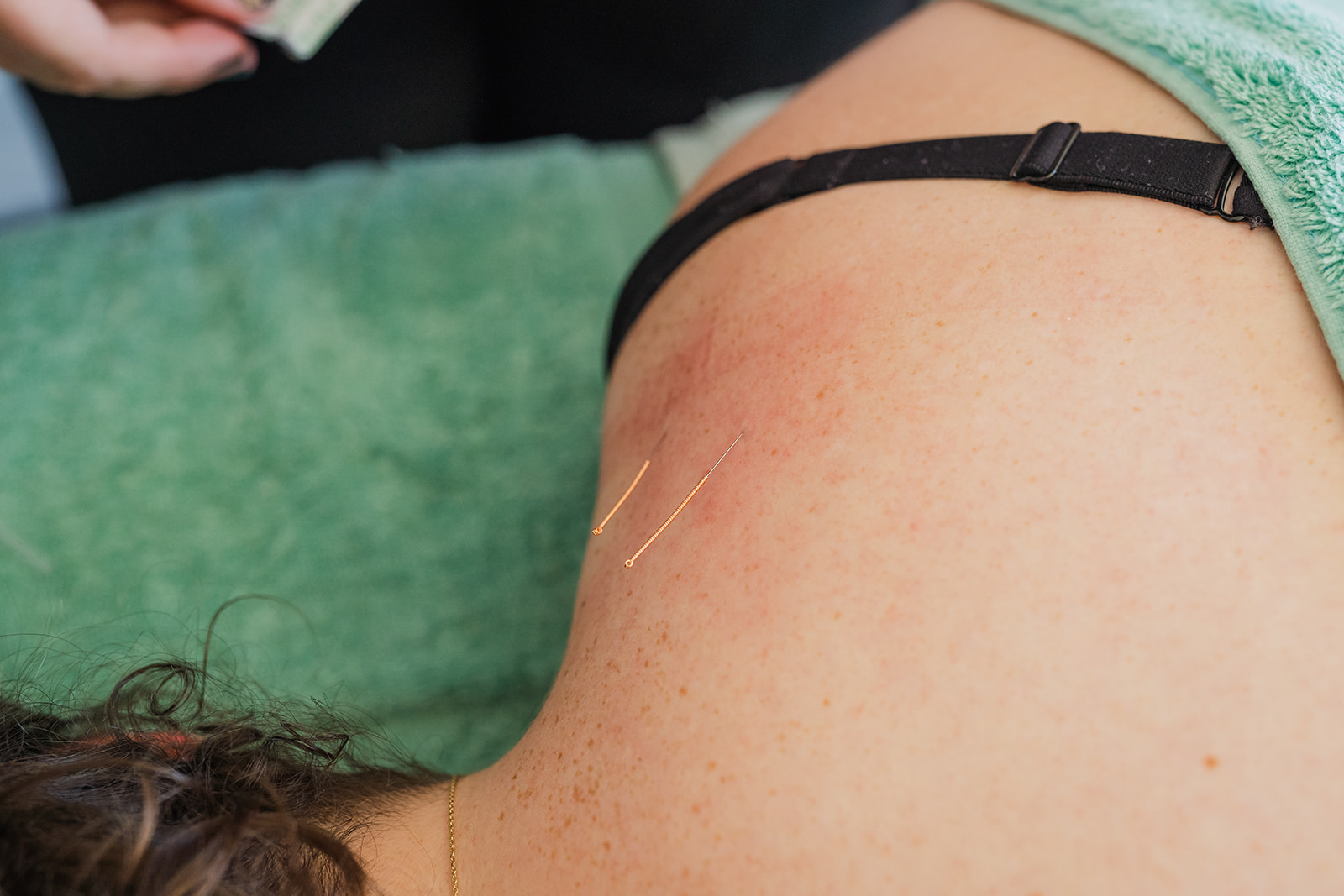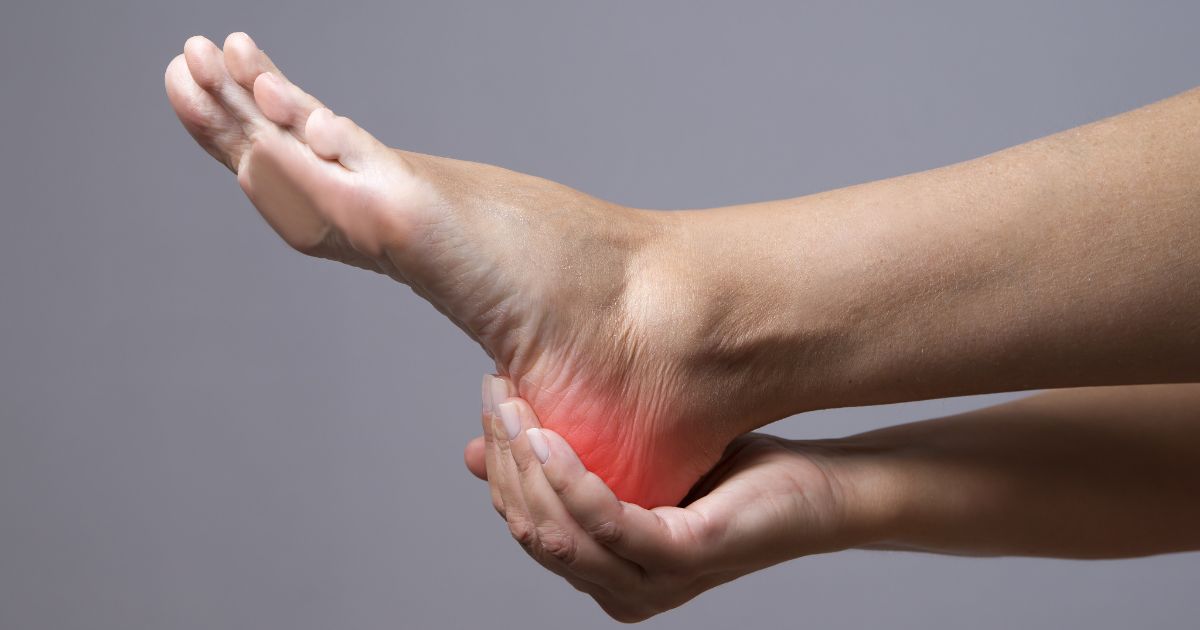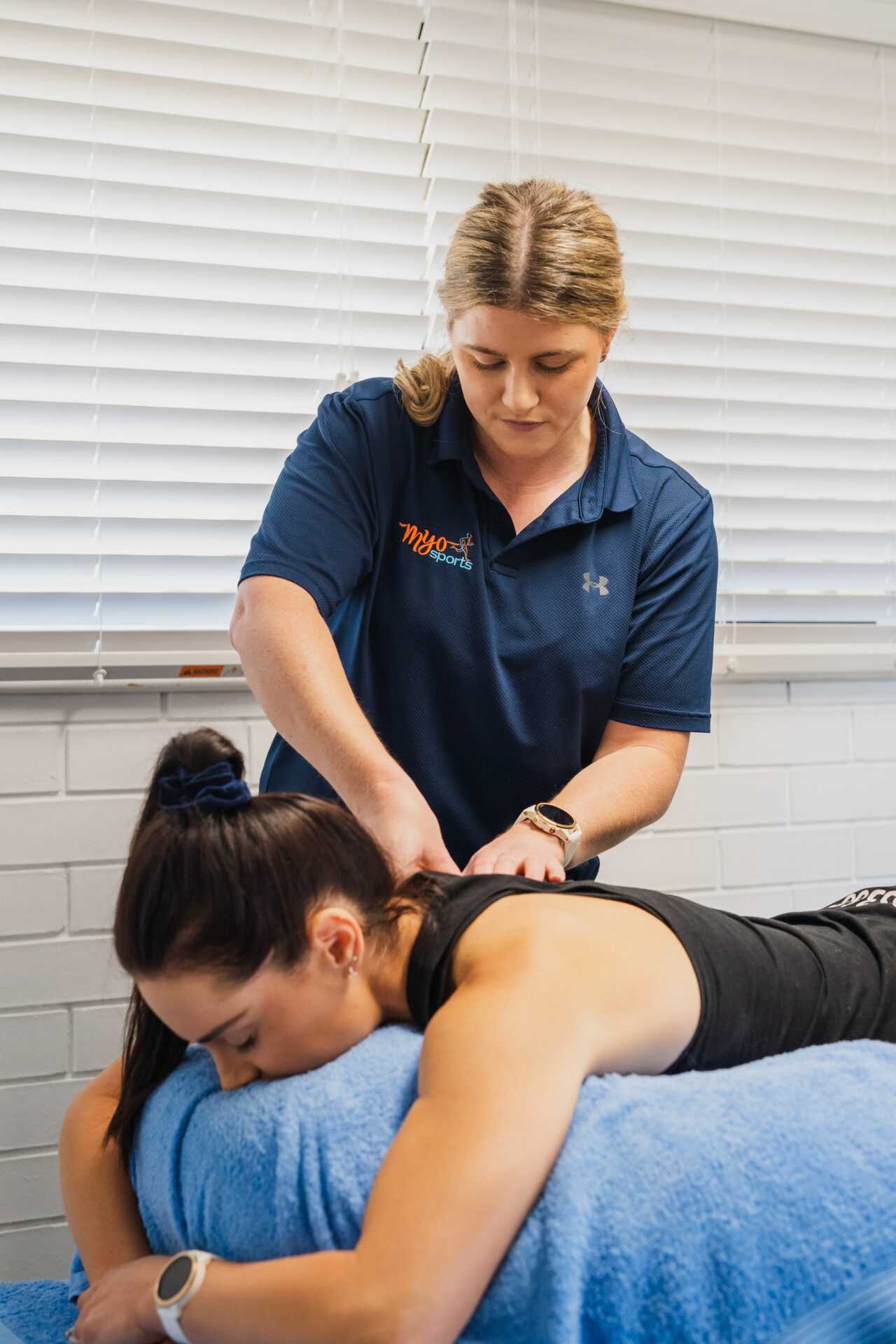Acute Sports Injury Management: Is RICER out? Do we need to call the POLICE or bring in PEACE and LOVE?
Acute sports injury management has been the same for many years now. Most of us know the acronym RICE (Rest, Ice, Compress, Elevate). This is basic first aid and it is the approach we take, not just for sporting injuries but others also where we can do so.
More recently, there has been some controversy particularly to do with anti-inflammatory methods, whether ice assists or hinders the healing process as well as the use of anti-inflammatories that are often recommended to help with pain and swelling.
The acronym PRICE (protect, ice, compress, elevate, then POLICE (protect, optimal loading, ice, compress and elevate) have also been more recently introduced and the latest being PEACE and LOVE (Protection, Elevation, Avoid anti-inflammatory modalities, Compression, Elevation and Load, Optimism, Vascularisation and Exercise) for a more overall approach to help through the sub-acute stages, the next phase of healing and recovery.
So what is the best approach? Well, there needs to be a bit more research done but it really comes down to the extent of the injury and personal choice. The following picks apart the RICE protocol:
Rest is most certainly recommended and if playing sport, it really is best to stop if you think there is an injury present, to avoid more damage and re-assess if you can return in the following 24- 72 hours, the period where inflammation will set in if it is going to do so. Prolonged rest and protection is not recommended (not more than 1-3 days) as it may affect the muscle tissue strength and quality. Pain will be a big factor in this, so this is going to be the guide for this and of course, if the injury is more serious you may need longer.
Ice- the evidence is not strong to use ice other than for pain relief. We still recommend it for this factor mostly.
Compression has been found to be conflicting in the science but for ankle sprains in particular, it can be helpful to reduce the swelling and tissue bleeding as well as improve that quality of life.Elevation is used to help with any excess fluid build-up but again, there is not a whole lot of evidence to support this either. It is still commonly accepted as it has a low risk to benefit ratio, meaning it is very easy to do and be of some help.
Within the PEACE and LOVE protocol the “Avoid Anti-inflammatory methods” is quite controversial. The science suggests, due to the anti-inflammatory medication it can delay the cellular processes needed to help with healing and the same goes for ice.
At the end of the day, which way you go about managing your sporting injury is up to you. Adapting the PEACE and LOVE protocol seems to be what will be utilised going forward, where possible. Having your injury assessed and working out a plan with your health practitioner who can educate you on all the options available, can really speed the process up and get you back out doing what you love sooner rather than later.
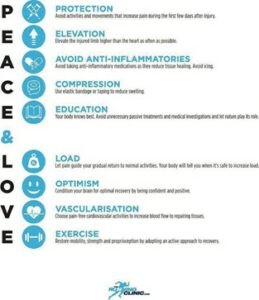
References: Dubois B, Esculier J-F. Br J Sports Med 2020;54:72–73.
Bleakley CM, Glasgow P, MacAuley DC. Price needs updating, should we call the police? Br J Sports Med 2012;46:220–1.
Header picture courtesy of Virtual Sports Injury Clinic.

